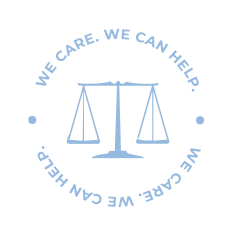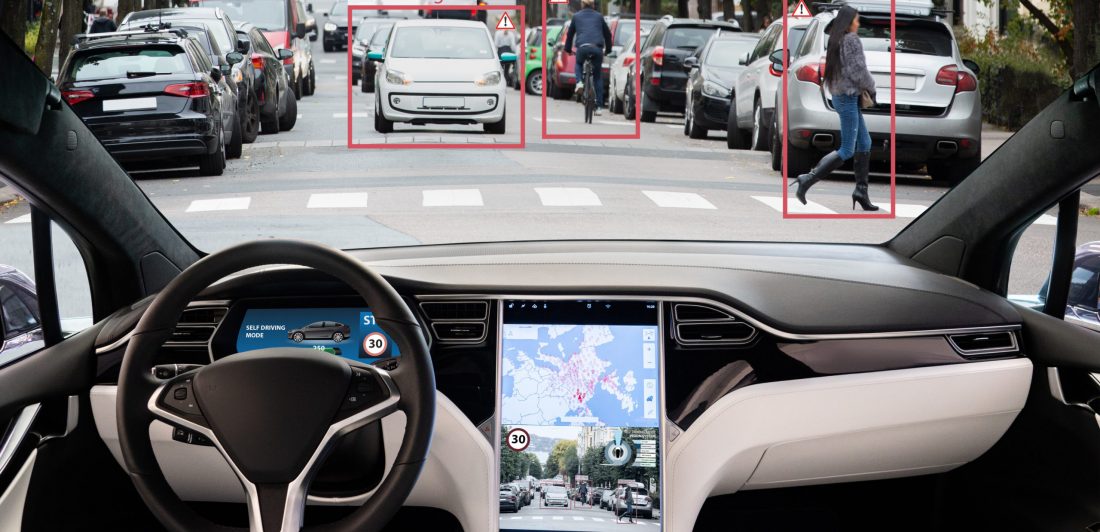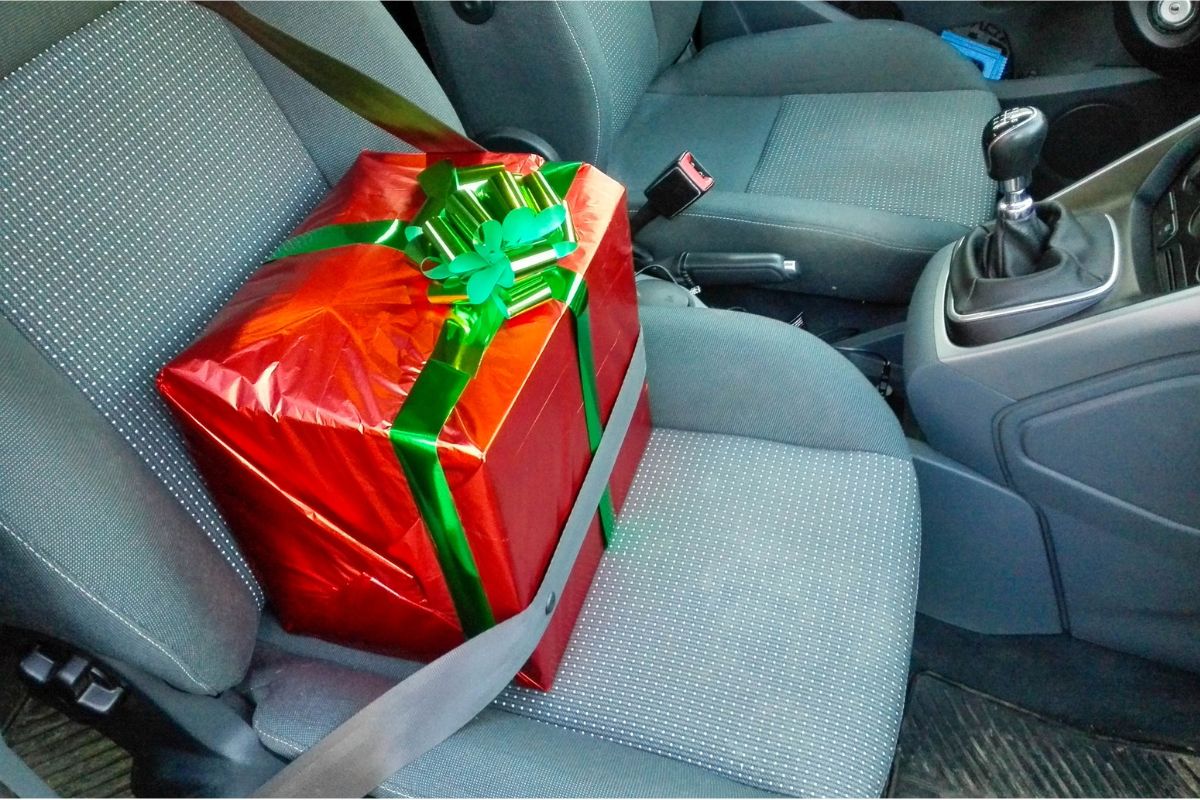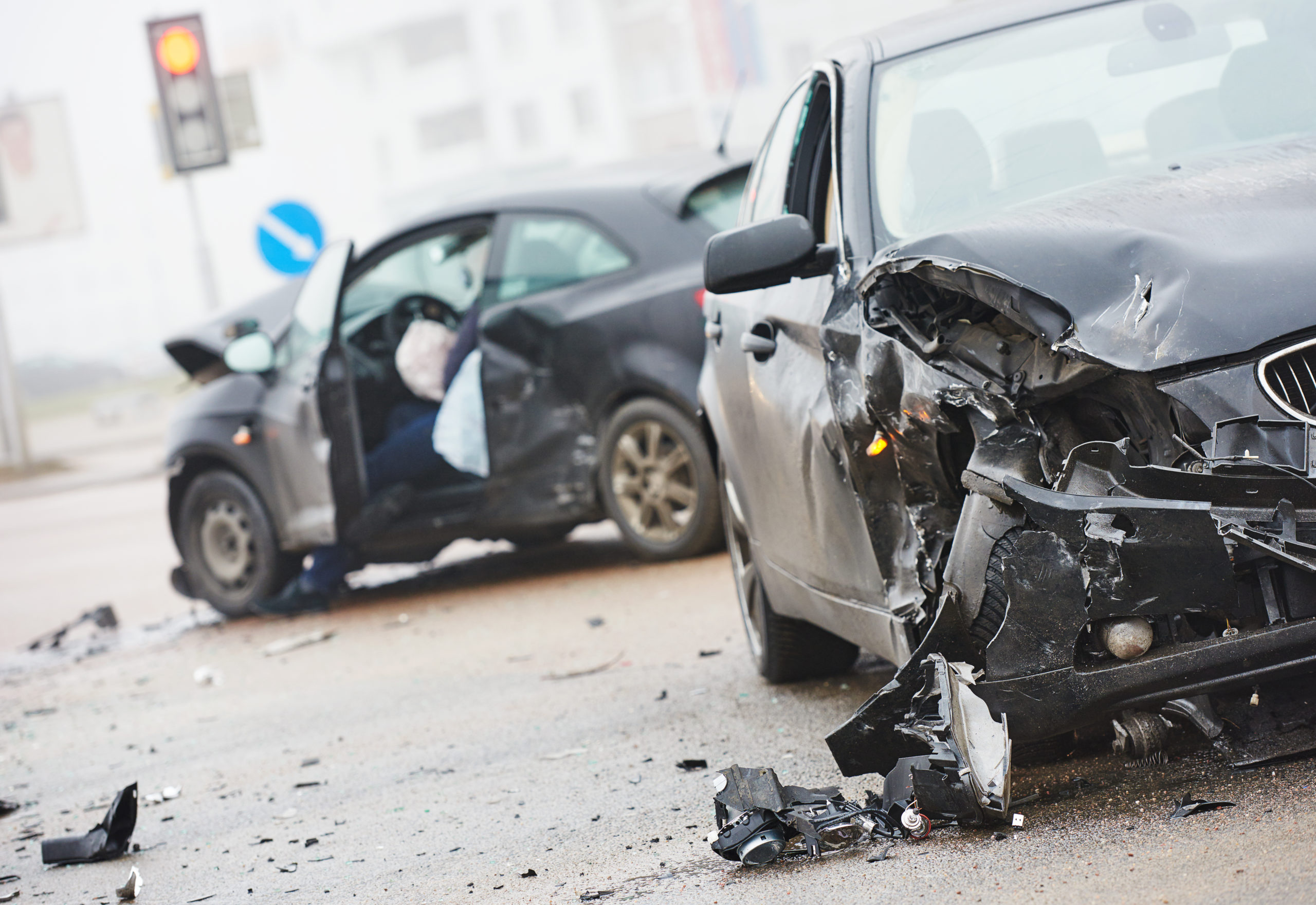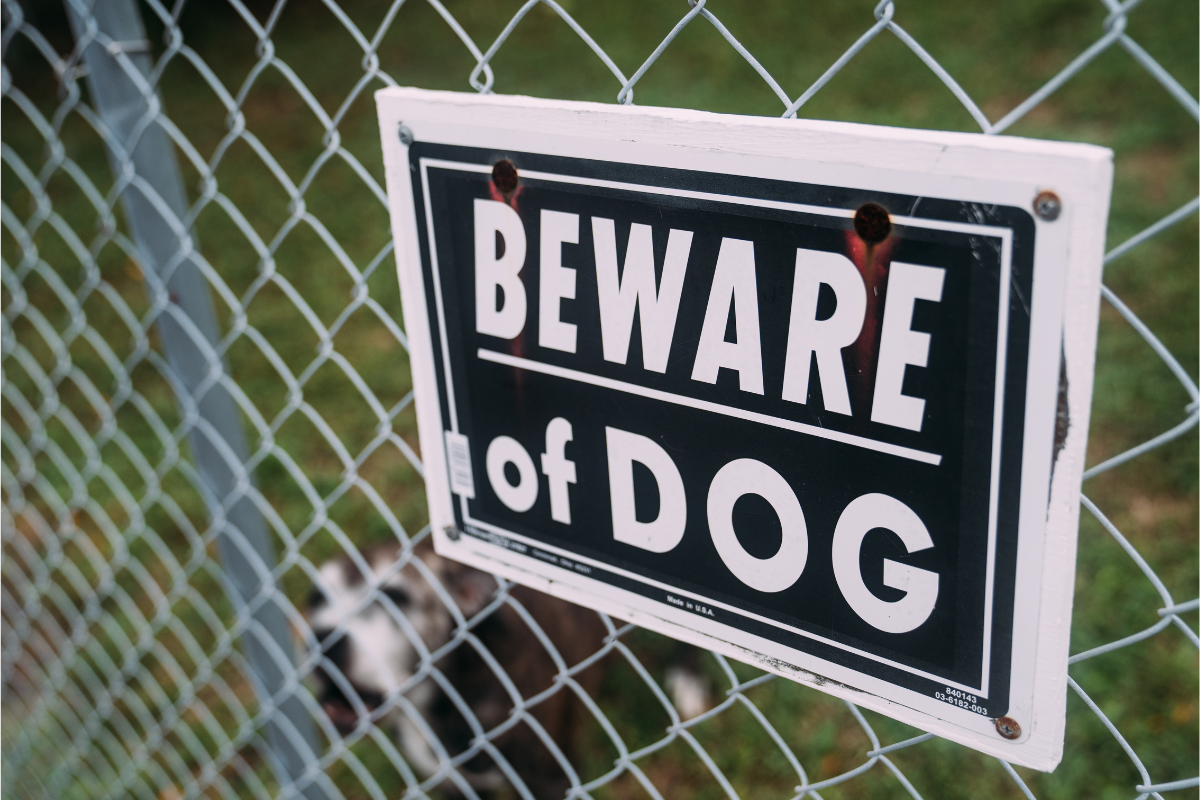Do you hate small-talking with cab drivers? Does getting in an Uber make you nervous because you don’t trust the driver’s intentions? Well, companies like Motional, Waymo, and Cruise may have the solution for those problems. Robotaxis, that is, self-driving taxis, are already transporting passengers in several cities across the U.S. While self-driving cars sound like a thing of the future, you can actually ride in one this year!
What is a Robotaxi?
A robotaxi is a self-driving, or autonomous, car that acts as a taxi. Instead of flagging down a human driver, people can connect to and hail robotaxis with the help of a smartphone. Similarly to other ride-hailing services, users can simply request a ride in an app and wait for a self-driving car to pick them up and drive them somewhere else. No other humans are involved in the process, and no one else is in the car except the passengers.
How do Robotaxis Work?
If you’re unfamiliar with autonomous cars, you may wonder how on earth a car could drive by itself. The short answer is that experts have developed complex technology that is able to monitor the vehicle’s surroundings, plan the best course of action, and get to a destination safely. These vehicles are equipped with the following:
- Lidar (Light Detection and Ranging). These sensors paint a 3D picture of vehicle surroundings by sending millions of pulses in all directions and measuring how long it takes them to bounce off of objects.
- Cameras. Each vehicle is equipped with many cameras placed all around the vehicle to create a simultaneous 360° view.
- Radar. These sensors use millimeter wave frequencies to provide crucial details like an object’s distance and speed. Radar sensors work even in rain, fog, and snow.
- Onboard computer. The vehicle’s computer gathers all of the information provided by the cameras and sensors and it uses it to identify objects and people. Then, it plans the safest route or course of action.
All of these features are designed to work seamlessly and instantaneously so that the passenger has a smooth, stress-free ride.
Where are Robotaxis Available in the U.S.?
While robotaxis are also available in other parts of the world like China, they’ve been launched in several U.S. cities. Uber and Lyft have partnered with Motional to offer robotaxi rides in Las Vegas, NV and Los Angeles, CA. Waymo and Cruise are currently running robotaxis in Phoenix, AZ and San Francisco, CA. Cruise robotaxis are also available in Austin, TX.
Are Robotaxis Fully Autonomous?
The Society of Automotive Engineers (SAE) classifies six levels of driving automation, which the U.S. Department of Transportation has adopted. The levels range from fully manual to fully autonomous.
- Level 0: Momentary driver assistance. All features are assistive and do not operate the vehicle. The driver is fully in control of driving.
- Level 1: Driver assistance. There is a single automated system that either controls acceleration and braking OR steering. The driver is still responsible for driving the vehicle.
- Level 2: Additional assistance. The vehicle can steer and accelerate independently, but the driver must still be engaged and paying attention.
- Level 3: Conditional automation. The system is capable of all driving tasks, but the driver can take back control when requested or necessary.
- Level 4: High automation. The vehicle performs all tasks within limited service areas. The person is not responsible for driving.
- Level 5: Full automation. The vehicle performs all driving in all conditions.
Most robotaxis can be classified as Levels 4-5. Many of them are fully capable of driving by themselves, but they may be limited to driving in certain areas, times, and conditions.
Are Robotaxis Safe?
It’s understandable if you’re skeptical about the safety of self-driving vehicles. Humans don’t always want to rely on machines and computers when lives are at stake. However, the companies behind these cars are all very concerned about safety. In fact, most of them cite safety as their primary reason for developing these vehicles.
Robotaxis are designed with safety in mind. Besides the fact that autonomous cars don’t have human faults like getting distracted, drowsy, or drunk, they’re built to have more vision and awareness than humans do. With dozens of sensors and cameras, the vehicles have a 360° view of their surroundings. They’re also equipped with complex software that predicts the behavior of people, other cars, and objects so that it’s prepared if something happens unexpectedly.
In addition, the technology systems are built with multiple backup systems in place so that if one system fails, another is ready to kick in. If the system detects an error too serious to be taken care of at the moment, the vehicle will simply stop driving to prevent a robotaxi crash. The computers are also built with cybersecurity to protect the vehicle’s systems from being hacked. All of these backups and safety features should work together to keep passengers even safer than they would be if they were driving themselves.
What are the Safety Concerns of Robotaxis?
- Radar and Lidar interference: Can radar and lidar be produced on mass scales without interfering with one another’s frequencies?
- Adverse weather: How well can all this equipment handle adverse weather conditions over a long span of time?
- Traffic laws: What traffic laws and conditions will be set up for self-driving cars?
- Regulation: Will self-driving cars be federally or state-regulated? What will those laws look like?
- Artificial v. emotional intelligence: Sometimes people use body language, such as a wave of the hand, eye contact, or a nod, to communicate. Can a computer pick up on these subtle cues the same way a human can?
- Liability: Who should be liable for damages in a robotaxi crash?
Robotaxi Testing
Of course, the makers of robotaxis understand these safety concerns and have already performed numerous tests before allowing them to run on public roads. Some of the tests they ran include:
- Simulations
- Closed course testing
- Public road testing
- Independent safety evaluations
- Crash avoidance testing
- Hazard analysis
- Reliability and durability testing
So, are robotaxis truly safe? The companies behind them state that they are the key to a safer future on the road, but only time will tell if that’s true.
Who is Liable for Damages in a Robotaxi Crash?
There are a few different parties that could be held liable for damages in the event of a robotaxi crash. Just like normal car crashes, investigations are necessary to decide who is at fault in a crash involving autonomous vehicles. Some of the parties that could be responsible for damages in a robotaxi crash are:
- The human driver (if present): Some autonomous cars still require humans to be present in case the technology fails. If the person assigned this duty fails to act, they could be liable for the damages.
- The robotaxi manufacturer: Manufacturers and distributors have the responsibility to ensure the reasonable safety of their products. If the robotaxi’s technology fails, the manufacturer could be liable for damages in a crash. In addition, the manufacturer might also take liability if an employee of a large company was found negligent.
- The software company: Several robotaxis have software companies that operate separately from the vehicle’s manufacturer. If a glitch in the software causes a car crash, the software company could be held liable.
- A third party: There may be cases in which a car crash happens for reasons unrelated to the autonomous car. For example, if the driver of another car runs a red light and hits the autonomous car, then the third party would be at fault and, therefore, liable for the damages.
The Carlson Law Firm Can Help
Although the creators of autonomous cars believe that vehicles like robotaxis could be the solution to total road safety, car crashes may still happen due to defects in technology and glitches in software. In the event that you or someone you love is injured in a robotaxi crash, you’ll want to make sure you get the compensation you deserve. Our caring and compassionate personal injury attorneys are ready to help you. We care, and we can help.
